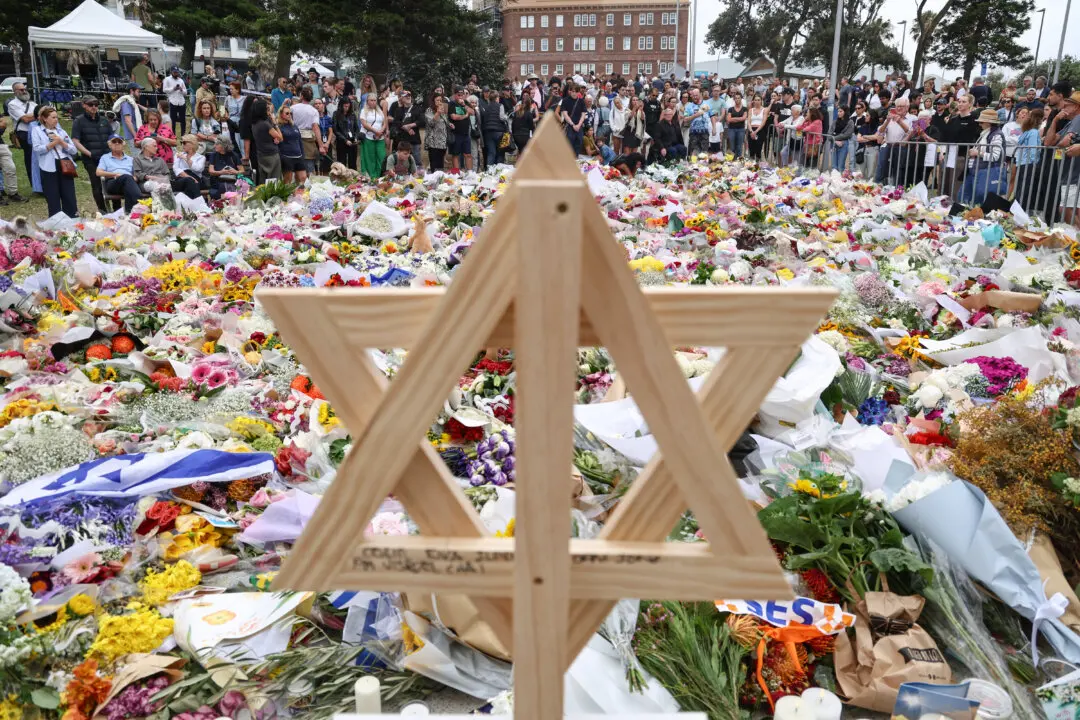DUBLIN—Housebuilding in Ireland is likely to fall by at least one-third over three years due to COVID-19 disruptions and could fall by half in the event of a second wave of infections, a senior central bank official forecast on Tuesday.
A scarcity of supply has led to rapid rises in rents and levels of homelessness in recent years in Ireland, whose economy was booming until the coronavirus crisis shut it down at the end of March.





